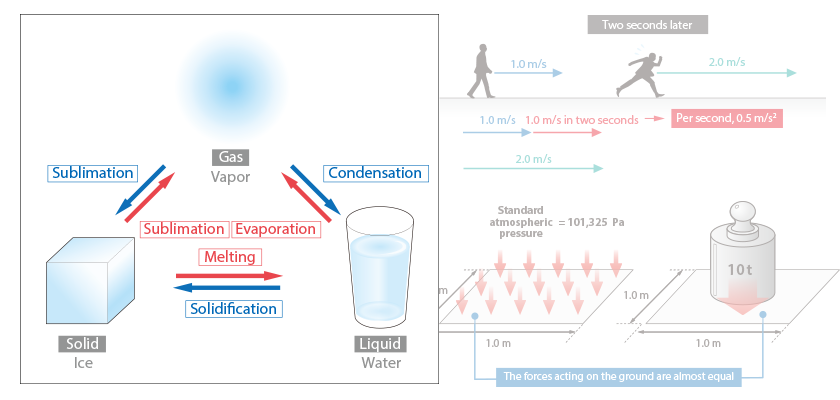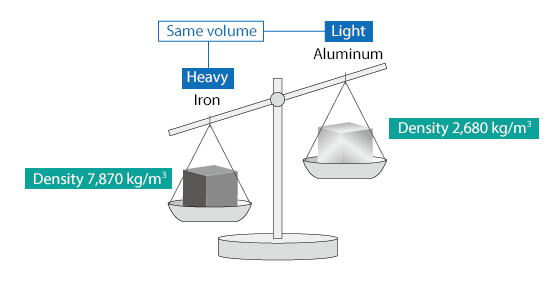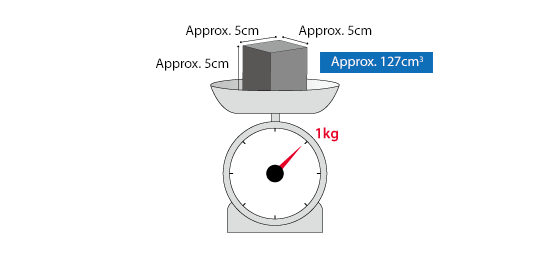Want to Know More! Basics of Thermo-Fluid Analysis 6: Chapter 2 Properties of matter 2.2 Material Property, 2.3 Density and Specific Volume

2.2 Material Property
Material property is a characteristic of material described with a value based on a certain scale. By setting material properties, you would make the characteristics of analysis targets reflected to thermo-fluid analysis.
There are material properties defined for both fluid and solid, and those defined only for fluid. The former is indicated by Fluid/Solid , and the latter is indicated by Fluid in the section title. I hope you would read the following sections while grasping the characteristics of each value and how different they become with smaller or larger value.
2.3 Density and Specific Volume Fluid/Solid
Density is mass of material per unit volume, and its unit is kg/m3. Unit volume means one unit of a basic volume, and it is kg/m3 for SI Unit. For example, density of iron is approximately 7,870 kg/m3, and density of aluminum is approximately 2,680 kg/m3. For the same volume, mass of aluminum is 1/3 of iron; it makes sense that aluminum is used as the material for aircraft and sports cars.

Figure 2.4 Difference of density
The inverse of density is called specific volume. It stands for volume per unit mass, and its unit is m3/kg. Take iron for example. Its specific volume is:

This indicates that 1 kg of iron is a cube whose side is roughly 5cm.

Figure 2.5 Specific volume of iron
Air also has mass although we hardly feel it in everyday life. Density of dry air at 20 °C, 1 atom (=101,325 Pa) is approximately 1.206 kg/m3. Density of water, on the other hand, is approximately 998.2 kg/m3, which is roughly 830 times that of air. We can run on ground but cannot in water as our bodies experience different resistances in air and in water. This is because the larger the density of fluid becomes, the stronger the force is on the objects. Even if air and water flow at the same speed, the forces they exert on the objects will be greatly different.

About the Author
Atsushi Ueyama | Born in September 1983, Hyogo, Japan )
He has a Doctor of Philosophy in Engineering from Osaka University. His doctoral research focused on numerical method for fluid-solid interaction problem. He is a consulting engineer at Software Cradle and provides technical support to Cradle customers. He is also an active lecturer at Cradle seminars and training courses and the author of serial articles Want to Know More! Basics of Thermo-Fluid AnalysisBasic Course of Thermo-Fluid Analysis.


